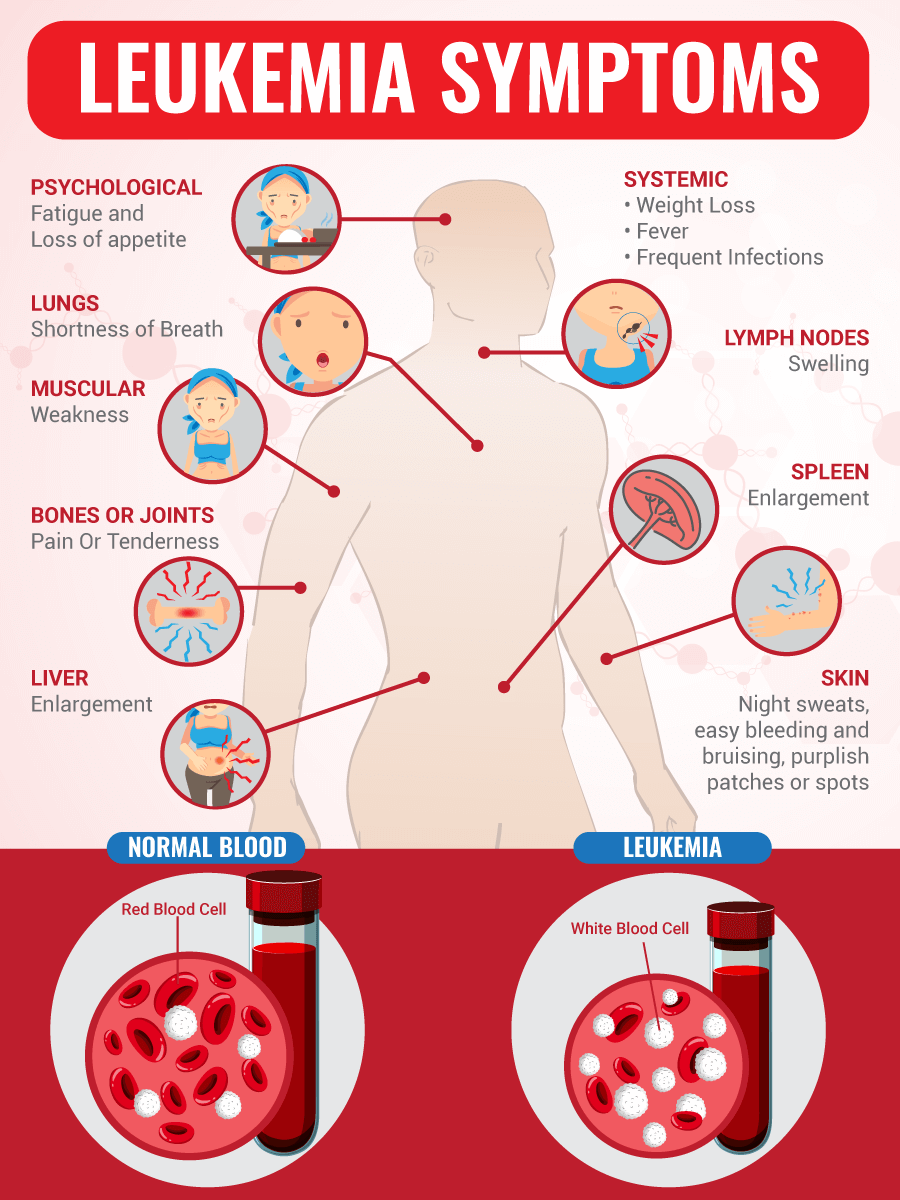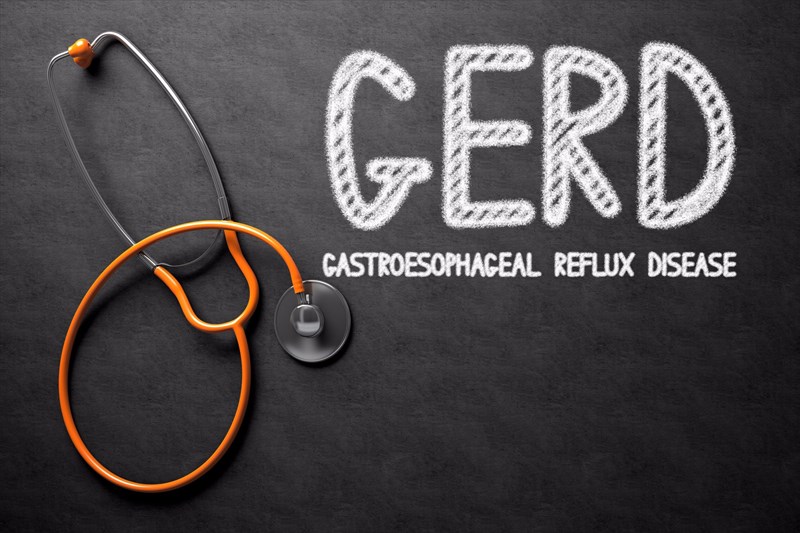Navigating Nevoid Basal Cell Carcinoma Syndrome (NBCCS): Understanding the Causes, Symptoms, and Treatment Options.
A Multidisciplinary Approach to Managing NBCCS and Improving Outcomes
* What is Nevoid basal cell carcinoma syndrome (NBCCS)
R E A D : Understanding Leukemia Causes Symptoms and Treatment Options
Healthnews: Nevoid basal cell carcinoma syndrome (NBCCS) is a rare genetic disorder that affects the skin, bones, and other organs in the body. This condition is also known as Gorlin syndrome, after the scientist who first described it in 1960. NBCCS is inherited in an autosomal dominant manner, which means that a person only needs to inherit one copy of the mutated gene from one parent to develop the syndrome.
The most prominent feature of NBCCS is the development of multiple basal cell carcinomas (BCCs) on the skin. BCCs are a type of skin cancer that develops in the basal cells of the skin. People with NBCCS may develop hundreds or even thousands of BCCs in their lifetime, which can be disfiguring and require multiple surgeries to remove.
In addition to skin cancer, people with NBCCS may also develop other types of cancers, including medulloblastoma (a type of brain cancer), fibrosarcoma (a type of bone cancer), and ovarian cancer. These cancers can be more aggressive in people with NBCCS than in the general population.
NBCCS also affects the bones, causing abnormalities such as fused vertebrae, curved bones, and extra ribs. Other features of NBCCS may include cleft lip or palate, eye abnormalities, and developmental delays.
Diagnosis of NBCCS is usually based on clinical features, such as the presence of multiple BCCs, along with a family history of the condition. Genetic testing can confirm the diagnosis and identify the specific mutation responsible for the syndrome.
* Symptoms
In addition to skin findings, NBCCS can affect other organs and systems in the body. People with NBCCS may develop skeletal abnormalities, such as extra ribs or fused vertebrae, that can cause back pain or limit mobility. They may also have dental abnormalities, such as missing teeth or jaw cysts. Eye abnormalities, such as small or missing eye muscles or cataracts, may also be present.
Less commonly, NBCCS can cause tumors in the brain, kidneys, or ovaries. Medulloblastoma, a type of brain cancer, is one of the most serious complications of NBCCS and can cause symptoms such as headaches, vomiting, and difficulty walking or balancing.
R E A D : Managing Frontotemporal Dementia Subtypes, Symptoms, and Understanding
Other symptoms of NBCCS may include developmental delays or intellectual disability, speech and language difficulties, or behavioral problems.
 |
| basal cell carcinoma syndrome // Dreamstime |
the symptoms of NBCCS can be highly variable, even among members of the same family with the same genetic mutation. This can make diagnosis and management of the condition challenging and require a multidisciplinary approach to care. Early recognition and treatment of symptoms, such as regular skin cancer screening and surveillance for other cancers, can improve outcomes for people with NBCCS.
* There is no cure for NBCCS
There is no cure for NBCCS, but early detection and treatment of BCCs and other cancers can improve outcomes. Treatment options for BCCs may include surgery, radiation therapy, and topical medications. People with NBCCS may also require regular screening for other types of cancers.
There is no cure for Nevoid basal cell carcinoma syndrome (NBCCS), but early detection and treatment of symptoms can improve outcomes and quality of life. The treatment of NBCCS depends on the specific symptoms and complications that a person is experiencing.
The most common symptom of NBCCS is the development of multiple basal cell carcinomas (BCCs) on the skin. Treatment options for BCCs may include surgical removal, radiation therapy, or topical medications. For larger or more aggressive tumors, Mohs surgery may be recommended, which involves removing the cancerous tissue layer by layer and examining each layer under a microscope to ensure complete removal.
For people with skeletal abnormalities, treatment may involve physical therapy or surgery to improve mobility and reduce pain. Dental abnormalities may require the extraction of affected teeth or surgery to remove jaw cysts.
Regular surveillance for other cancers is also an important part of managing NBCCS. People with NBCCS may need regular imaging studies, such as MRI or CT scans, to monitor for the development of tumors in the brain, kidneys, or ovaries. For women, regular pelvic exams and transvaginal ultrasound may be recommended to screen for ovarian cancer.
Genetic counseling and testing can also be beneficial for individuals with NBCCS and their family members. Testing can confirm the diagnosis and identify the specific mutation responsible for the syndrome. Genetic counseling can help individuals understand their risk of developing NBCCS or passing the mutation on to their children.
the management of NBCCS requires a multidisciplinary approach, involving dermatologists, oncologists, orthopedists, dentists, and other healthcare providers as needed. With appropriate treatment and surveillance, individuals with NBCCS can manage their symptoms and reduce their risk of developing cancer or other serious complications.
R E A D : Decoding Ramsay Hunt Syndrome: A Comprehensive Guide to Causes, Symptoms, and Treatment

:max_bytes(150000):strip_icc()/chia-seeds_annotated-2f7ca595a9bd4342a8f70623be8d9985.jpg)









+-+Symptoms%2C+Causes%2C+Diagnosis+and+Treatment-1920w.jpg)

